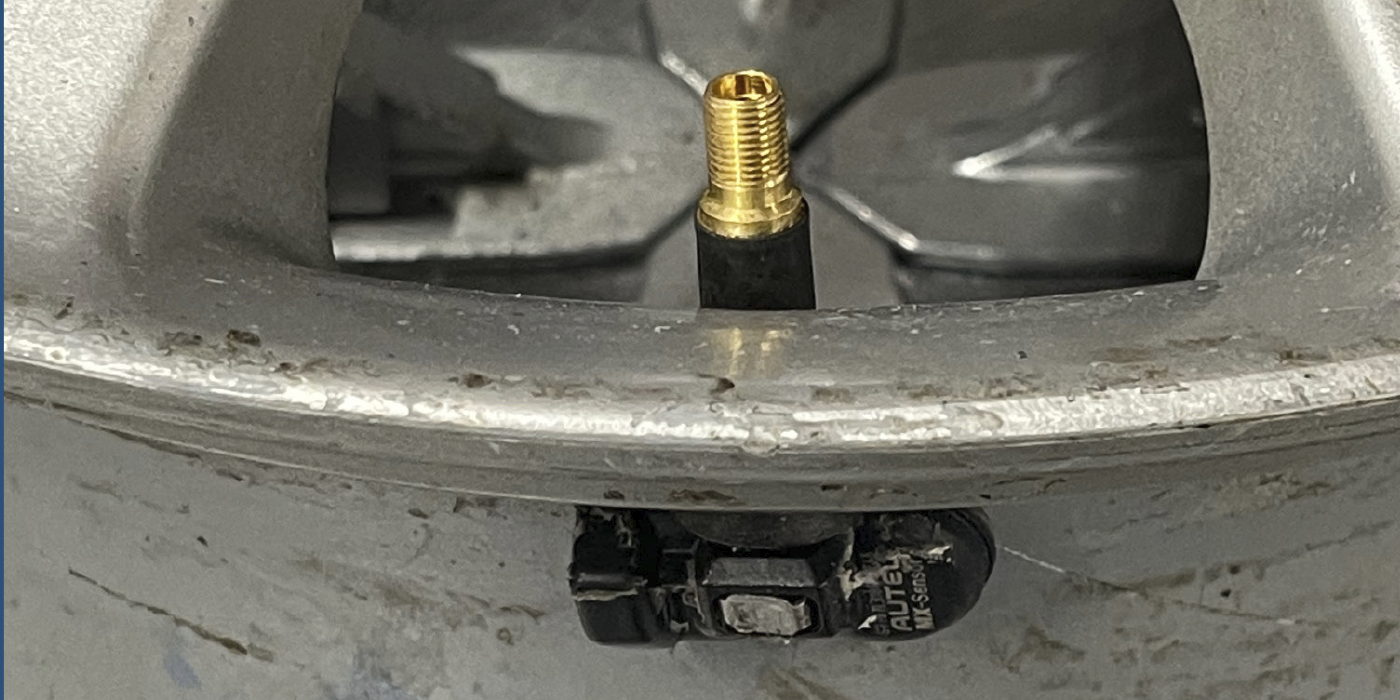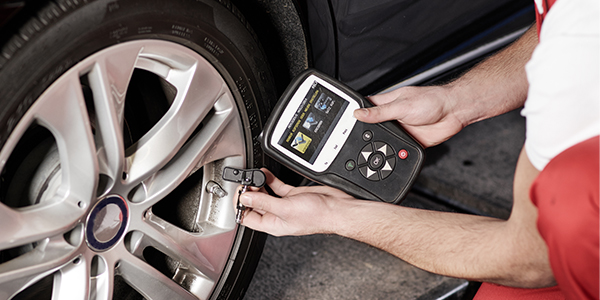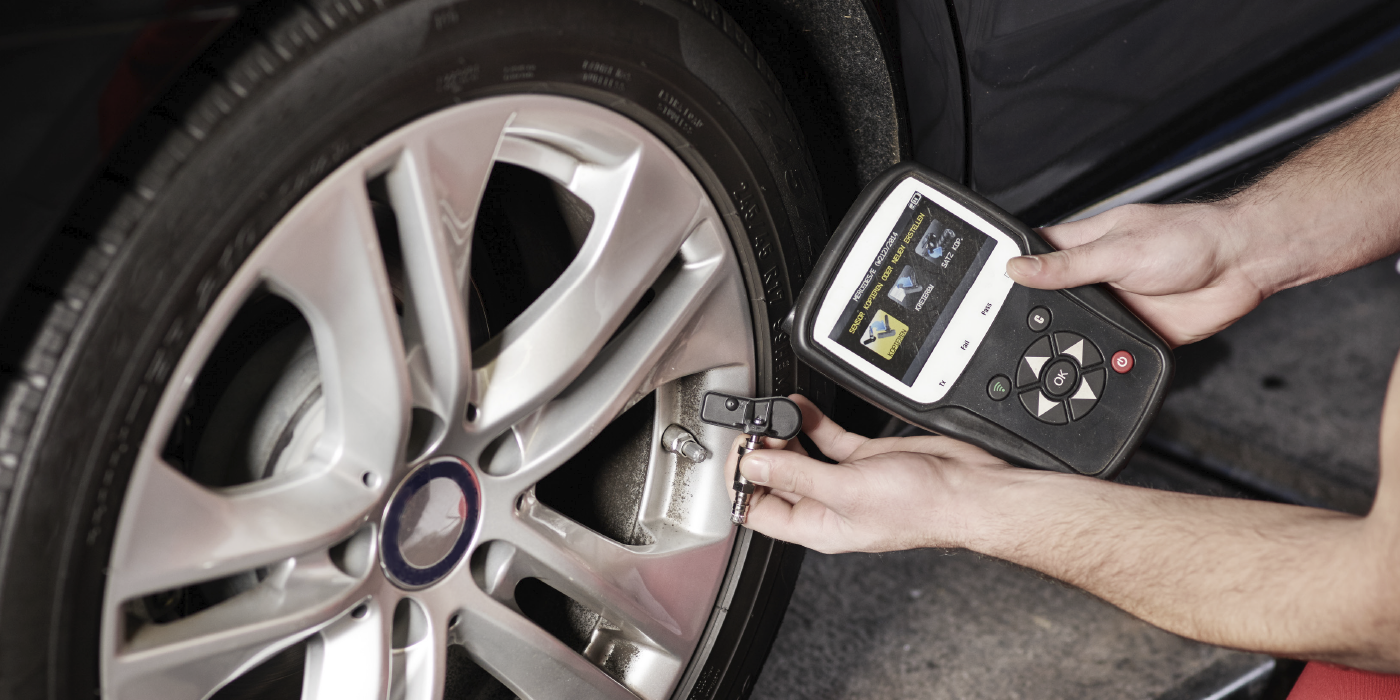By Asa Sharp
Commercial Editor
TIRE REVIEW Magazine
Tire wear issues, especially accelerated wear, can be frustrating and expensive. An expanding variety of vocation-specific trucks, engine and other drivetrain component trends, as well as unique service conditions, can result in a mismatch of tire performance and expectations.
While the basic mechanisms of tire wear haven’t changed significantly since the introduction of tubeless radials, an understanding of the effects that variables have on tires can be very helpful. Let’s look at ways of reducing tire wear on local delivery and other metro service vehicles.
Scuffing is the most basic and dominant wear mechanism. Since truck acceleration and braking forces create fore-and-aft scuffing, truck tires are designed with this in mind. Minimizing side scuffing is the best opportunity to improve tire performance in most truck applications.
Steer tires must generate side forces to make the truck turn. This has several consequences. First, shorter wheelbase trucks wear steer tires faster, simply because they are acting through a shorter movement arm when turning.
Secondly, much more cornering force is required to turn a tandem axle truck compared to a single drive axle, since the rear axle tires must be scuffed sideways to change direction. This is true even if one of the rear axles is non-driven (a tag or pusher).
Making one of the rear axles lift when turning is the only true solution to minimize steer tire wear. One help for trucks with frequent turning would be to use drive tires that have shoulder lugs (not continuous shoulder ribs), since they can “walk” sideways when turning. This is especially true for heavily loaded trucks.
Several decades ago, most long haul trucks were limited to approximately 34-36 degrees of wheel cut, while modern, more maneuverable trucks typically have wheel cut angles up to 55 degrees. This makes drivers happier, but extracts a penalty in steer tire wear.
A rule of thumb is that increases in either the severity or frequency of steer axle wheel cut will accelerate steer tire wear. The more rapid scuffing tends to mask any irregular wear, so don’t let nice, smooth wear patterns fool you, since the real objective is to extend take-off mileages and postpone new tire purchases. Most tire manufacturers offer special scuff resistant steer tires for metro P&D service.
These are typically high net-to-gross tread patterns that may not have or need all of the sophisticated irregular wear fighting refinements necessary for slower wear rate high speed linehaul service, but are designed to last longer in high side scuff applications. Some companies also offer tires with a combination of performance for trucks that are used in multiple service vocations.
Since nearly all large trucks are now equipped with power steering, it’s pointless to compare the relative longer life of steer tires on manual steering metro service vehicles, except to point out that even rolling the truck slowly while turning can reduce scuff wear compared to turning in place. This point needs to be emphasized in driver training.
Another obvious advantage is for drivers to utilize all reasonably available space to avoid excessively sharp turns when possible.
Some maintenance practices can also impact tire wear. Inflation pressure is critical for casing durability, and a little extra inflation (limited to be within tire manufacturers’ recommendations) tends to slightly shorten footprint length and thereby reduce side scuffing. Alignment is also important, even for slower speed trucks, with toe setting the most critical variable by far. Minimum toe-in, being careful not to cross beyond zero to toe-out is usually optimum.
Drive axle squareness to the chassis centerline, and drive axle parallelism if tandem equipped, would generally rank second. Always remember that steer tires often display the faster wear symptoms of most drive axle alignment issues, while the drive tires themselves may offer no clue of their home axle maladies.
Many new mid-sized trucks, including hybrids and chassis with regenerative braking, are now appearing in the market and some may present tire issues we have not dealt with before. Applying basic knowledge of tire wear mechanisms should help many fleet managers address these challenges.













